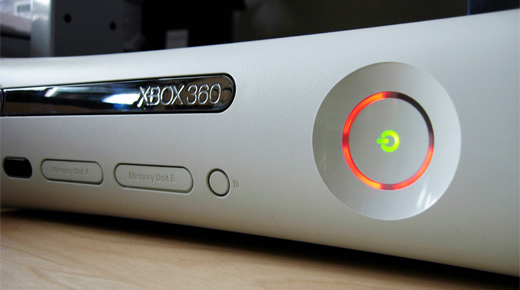Nearly two decades ago, rising from the ashes of the once-giant video game hardware manufacturer Sega, Microsoft debuted the Xbox and entered into the video game market with the intent of competing directly with Sony’s PlayStation brand. By 2006, Microsoft’s launch of the second-generation of Xbox video game consoles actually one-upped Sony’s PlayStation 3, which was riddled with one baffling marketing decision after another. However, Microsoft would soon find itself on the edge of one of the most prolific and devastating hardware failures in consumer electronic history... only to ignore it for as long as possible.
|
ADVERTISEMENT |
…

Comments
Great Article
Great take on this quality story. Microsoft, a company that should have known better, got it wrong. Great reminder that quality issues become more and more expensive the closer the product gets to the consumer.
Wow!
This is a great story and incidently my son is also talking about XBox! Gaming eningeers are like rocket sciencetists..always ahead!.
One thing that always gets
One thing that always gets overlooked is that Peter Moore pissed me off by publicly insulting early adopters as "crybabies" in an online interview when the issue first reared its head. What could the most loyal MS customers possibly know? And that was before my first 360 died. That was what spurred me to fight the system. Had Peter not acted so arrogant I may not have pursued the issue as aggressively as I did.
Add new comment